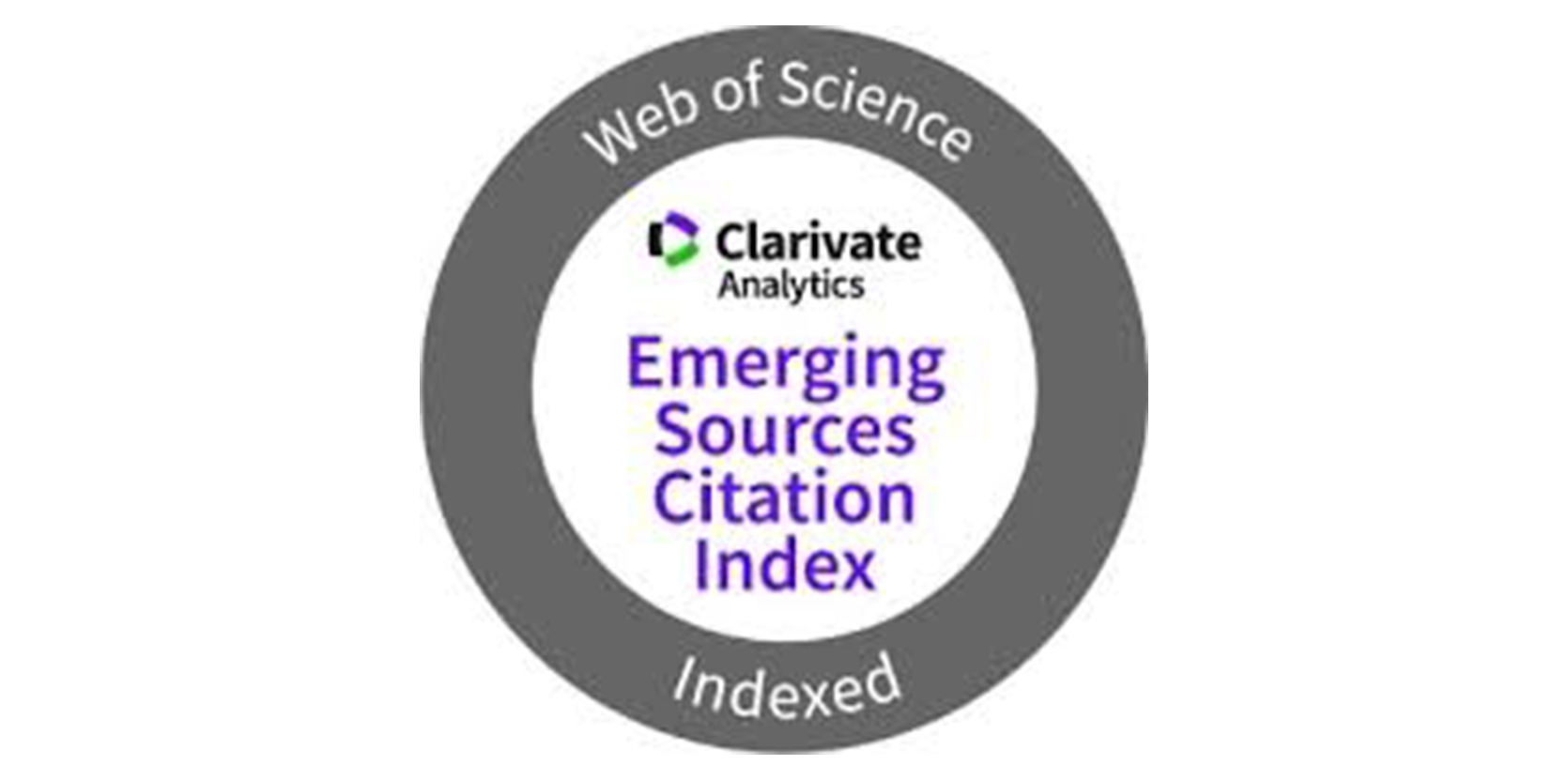Орех Екатерина Александровна
Санкт-Петербургский государственный университет, Санкт-Петербург, Россия
Богомягкова Елена Сергеевна
Санкт-Петербургский государственный университет, Санкт-Петербург, Россия
Ключевые слова:
СЕЛФИ, ВИЗУАЛЬНЫЕ ИССЛЕДОВАНИЯ, ПОСТВИРТУАЛИЗАЦИЯ, СОЦИАЛЬНЫЕ СЕТИ, СОЦИАЛЬНЫЕ ИЗМЕНЕНИЯ, SELFIE, VISUAL RESEARCH, POST-VIRTUALIZATION, SOCIAL NETWORKS, SOCIAL CHANGE
Аннотация:
Статья посвящена рассмотрению социальной практики селфи, а также изменениям последних лет, обусловившим диверсификацию стратегий самопрезентации с помощью подобных цифровых автопортретов. Рассматриваются научные концепции, представленные в отечественной и зарубежной литературе, делается обзор имеющихся объяснений феномена селфи и приводится их критика. Отдельное внимание уделяется описанию и анализу материалов авторского исследования, посвященного объяснению распространения скандальных селфи. Согласно выводам исследования, селфи предлагается рассматривать как практику, работающую на поддержание социальной идентичности человека; визуальный формат такого автопортрета эксплицирует ценностные тренды современного общества, а по содержанию селфи возможно реконструировать их изменения. Авторы обращают внимание на технические нововведения платформ социальных сетей, касающиеся исчезающей истории переписки, что позволило появиться «иным» селфи. Новые возможности не меняют сути этой социальной практики, но делают цифровые автопортреты менее выверенными, более спонтанными. Сегодня мы можем выделить два типа селфи: «долгосрочные» селфи как срежиссированные портреты на публику, рассчитанные на формирование социального капитала, и «краткосрочные» селфи как визуальные сообщения, рассчитанные на схватывание мгновения, на констатацию реальности «здесь-и-сейчас». Если распространение практики селфи является проявлением глобального тренда виртуализации общества, то возникшее недавно стремление приблизить онлайн-общение к общению лицом-к-лицу, выразившееся, в том числе, в появлении исчезающей истории переписки и в циркуляции «мимолетных» селфи, отражает новую тенденцию поствиртуализации.
Understanding “Fleeting” Selfies: the Evolution of Self-presentation Strategies on Social Networks
Orekh Ekaterina А.
St Petersburg State University, St-Petersburg, Russia
Bogomiagkova Elena S.
St Petersburg State University, St-Petersburg, Russia
The article is devoted to the consideration of the social practice of selfies, as well as social changes in recent years, which led to the diversification of self-presentation strategies with the help of such digital self-portraits. The authors considered the scientific concepts presented in the domestic and foreign literature, reviewed the available of explanations of the selfie phenomenon gave their criticism.Special attention is paid to the description and analysis of the materials of the author’s research devoted to the interpretation of the spread of scandalous selfies. According to the findings of the study, the selfie is proposed to be considered as a practice working to maintain the social identity of the person. The visual format of such a self-portrait explicates the trends in values of modern society, and the content of the selfie is possible to reconstruct social changes. The authors focus on the technical innovations of social networking platforms related to the disappearing history of correspondence, which allowed the emergence of “new” selfies. Recent opportunities do not change the essence of this social practice but make digital self-portraits less verified and more spontaneous. Today we can distinguish two types of selfies. First, we can say about “long-term” selfies as directed portraits to the public, designed for the formation of social capital. Second, these are “short-term” selfies as visual messages, designed to grasp the moment, to state the reality of “here-and-now”. If the spread of the practice of selfies is a manifestation of the global trend of virtualization of society, the recent intention to do online communication similar to face-to-face interaction, expressed, including the emergence of a disappearing history of correspondence and circulation of “fleeting” selfies, reflects a new trend of post-virtualization.









